Labradorite, Sunstone, and Moonstone: The Phenomenal Feldspars
Gems that make light dance–and the words used to describe them
The magic of gemstones is examplified by these three phenomenal favorites. At 6 - 6.5 on the Mohs Hardness Scale, with a little care they’re quite wearable, even in rings. And did you know that each one has its own special word to describe its particular light show?
 .
. 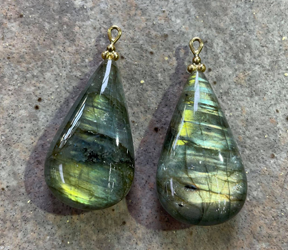 .
. 
The color play in Labradorite is a “schiller” effect (from the German word for iridescence) that is sometimes referred to as Labradorescence. This phenomenon occurs when light enters the stone and is reflected back by overlapping microscopic crystals in the structure of the stone. These so-called “twinning” surfaces can reflect different colors, so rolling flashes of shimmery green, blue, gold and yellow are all possible, sometimes all in the same stone.
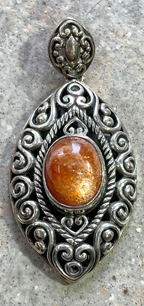
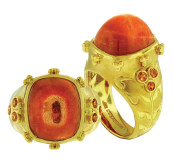 .
. 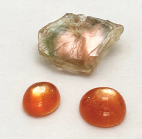
The sparkly visual in Sunstone is called Aventurescence. The rolling sheen of golden red spangles seen in the finest material–as exemplified by the eye-popping Sunstone in the Paula Crevoshay ring at above center–is caused by inclusions of hematite or goethite.
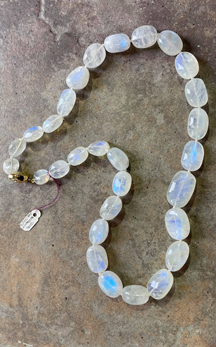

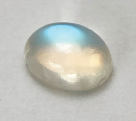
The white or blue sheen on a moonstone is called Adularescence. This phenomenon results from microscopic inclusions of albite, another member of the feldspar family. The most valuable moonstones are free of eye-visible inclusions and have pronounced Adularescence, like the fabulous blue moonstone in the Alex Šepkus ring at center.
Feldspars are a very large group of minerals: they comprise more than half the earth’s crust! An important industrial mineral, feldspar is used as a fluxing agent in ceramics and glass manufacture and as a filler in paint, plastic, rubber and adhesives.